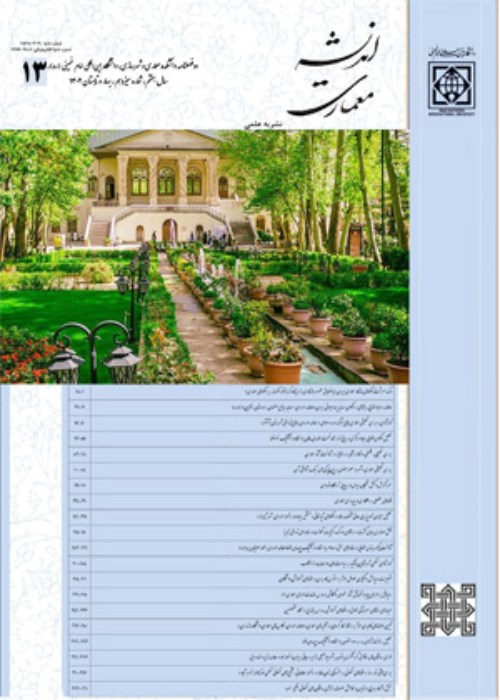Analyzing the Relationship between the Permeability Quality and Behavioral Patterns in Commercial Spaces
One of the most important issues in environmental psychology is the effect of physical environment characteristics on human behavior. The qualities created by architectural design can reinforce some desirable behavioral patterns and equally detrimental to some destructive behavioral patterns. Therefore, examining how these qualitative components affect the current spaces and the resulting behaviors can help to better design future spaces. One of the most important uses of today's architecture, which almost all people deal with in their daily lives, is commercial spaces. Studies show that how to deal with spatial qualities such as inevitability, legibility, enclosure, etc. is provable on the behavioral patterns of users of these spaces. Meanwhile, "permeability" is one of the qualities that is considered constantly in the emergence of the desired environment required by users of commercial spaces and the theory of "responsive environments" also discusses the two aspects of visual permeability and physical permeability. Therefore, the aim of this study was to investigate the indicators of achieving the quality of permeability in the design of commercial spaces that affect user’s behavioral patterns.
The main research questions are: What are the criteria for measuring permeability in both physical and visual dimensions in commercial space architecture? 2- What are the most common current patterns of behavior in commercial spaces? 3- What is the relationship between the repetitive patterns of behavior and the quality of permeability in commercial spaces?
Therefore, in the course of conducting research, two spaces were selected in Qazvin city which were similar in terms of construction time, scale and location. Mehromah commercial Complex a linear plan was compared with Alborz commercial Complex with a concentrated plan. Both of those commercial centers have a main entrance from the main street and a side entrance from the side aisle. Behavioral plans in these two samples were collected by field survey and direct observation, photography and tracking method in two activity categories: "pause" and "movement". Therefore, the basic findings were extracted by analytical-comparative comparison of behavioral and physical aspects in the discussed samples.
Results are: Equipment and facilities (elevators, ATM., etc.) enter the role of interfering factors in the behavioral patterns of commercial centers. Accumulation and stopping in these areas, while affecting the movement and pause maps, have nothing to do with the physical characteristics of the space. In other words, users can access them wherever they are. Specifically, in the event of stronger visual marks, users' presence, pause, and optional pause will be intensified. The behavioral pattern of pause in commercial centers, including standing and sitting, shows a significant relationship with the physical and visual components of permeability. The behavioral pattern of movement also has a significant relationship with users' motivation and purpose. On the other hand, the greater the number of motion options, the greater the level of permeability and this slows down people's movement in space and consequently draws more attention to their surroundings. The type of route also affects people's speed of movement. On steep paths (ramps), people's speed increases and the number of people who pause is very small. The overall results of this research show that spatial patterns that are visually more permeable have led to the formation of more stable behavioral patterns. Therefore, they are closer to creating the desired environment and meeting the needs of users. Knowing these multiple aspects can provide new perspectives on space quality analysis and the opportunity for the desired behavioral base to occur. Therefore, in designing spaces, it is better to pay more attention to the visual hierarchy and strengthen it instead of the movement hierarchy.
- حق عضویت دریافتی صرف حمایت از نشریات عضو و نگهداری، تکمیل و توسعه مگیران میشود.
- پرداخت حق اشتراک و دانلود مقالات اجازه بازنشر آن در سایر رسانههای چاپی و دیجیتال را به کاربر نمیدهد.



